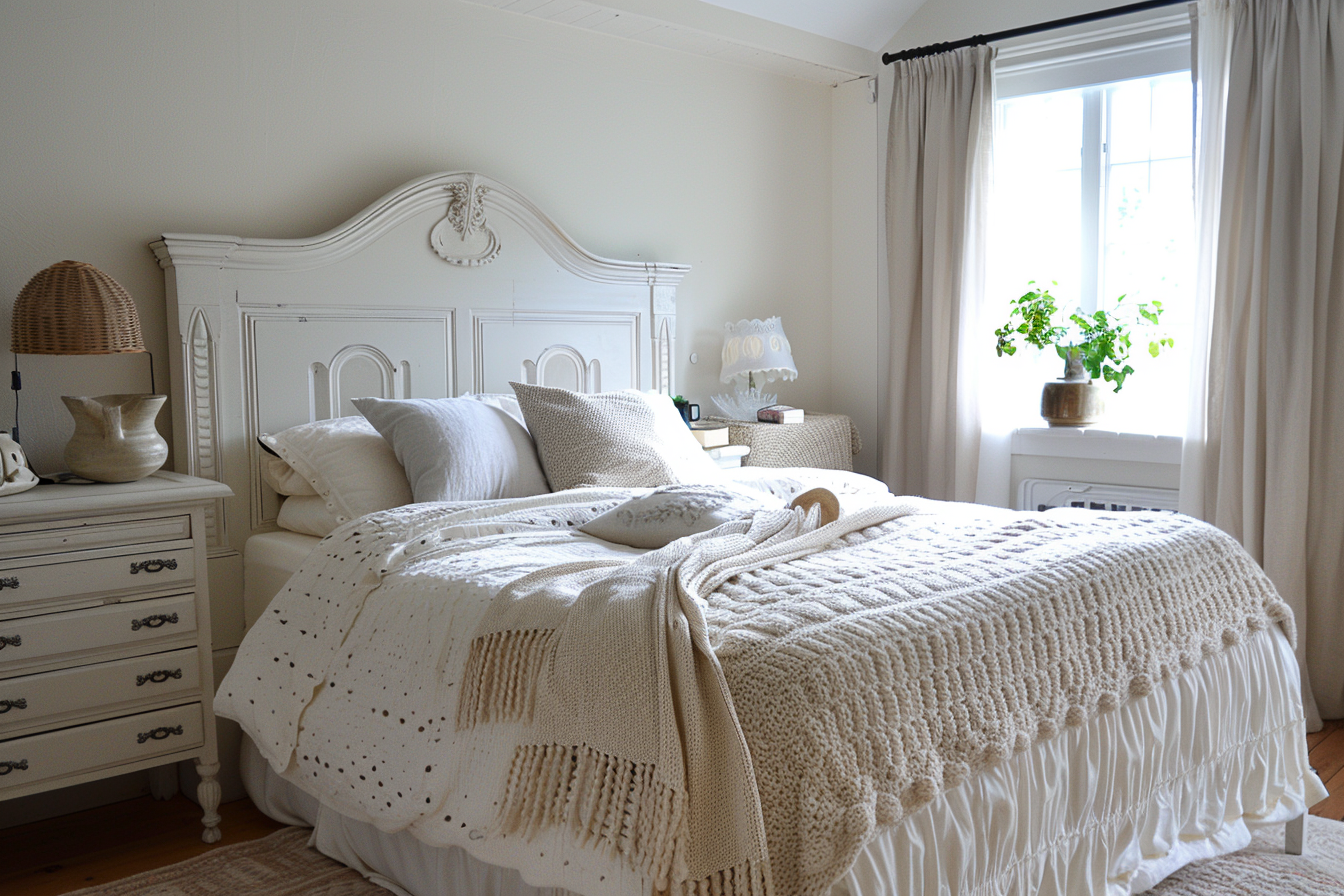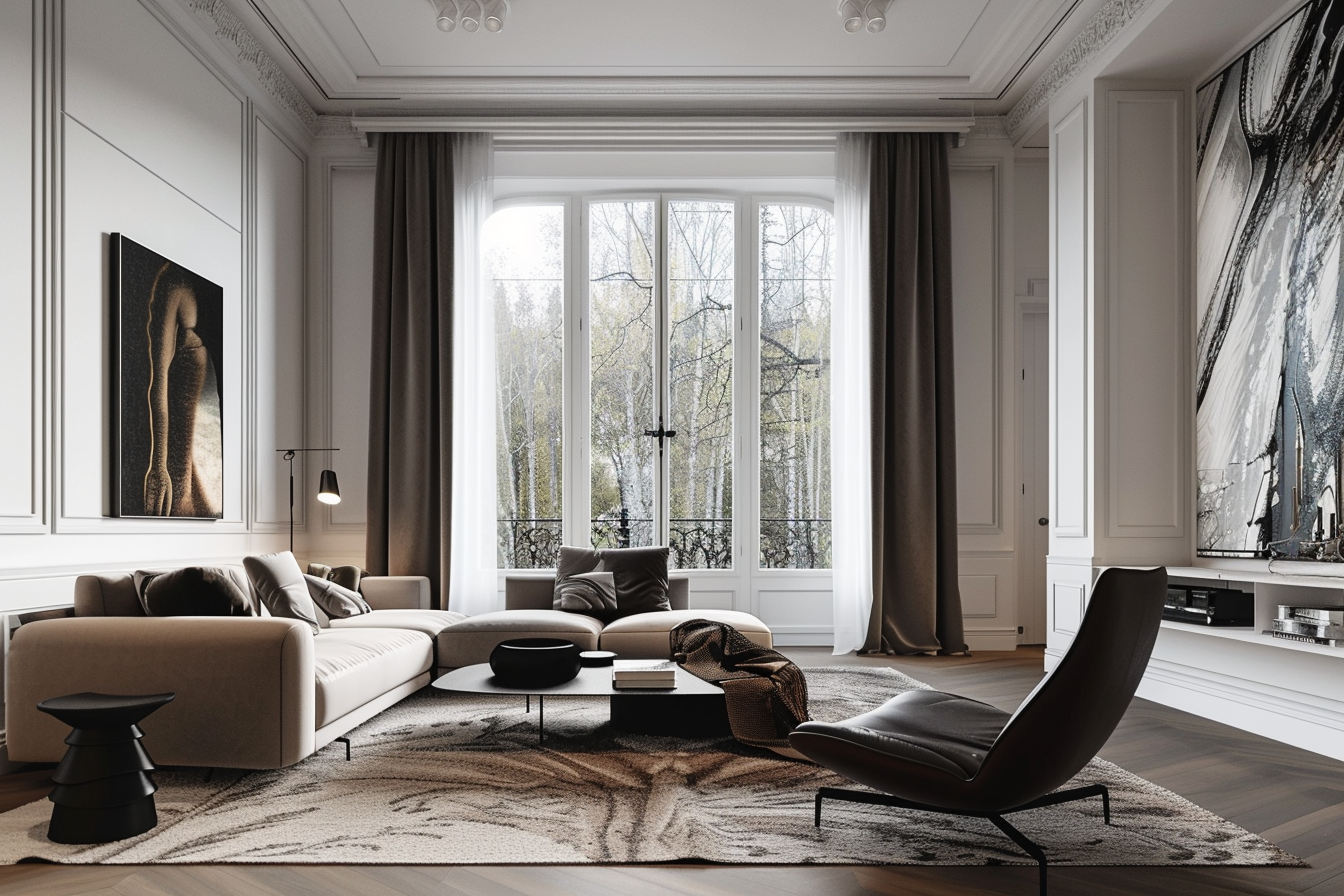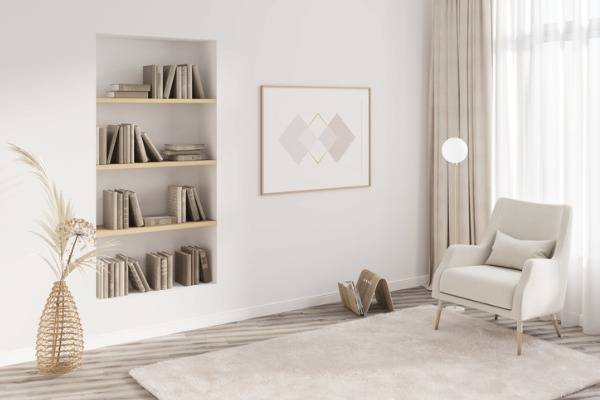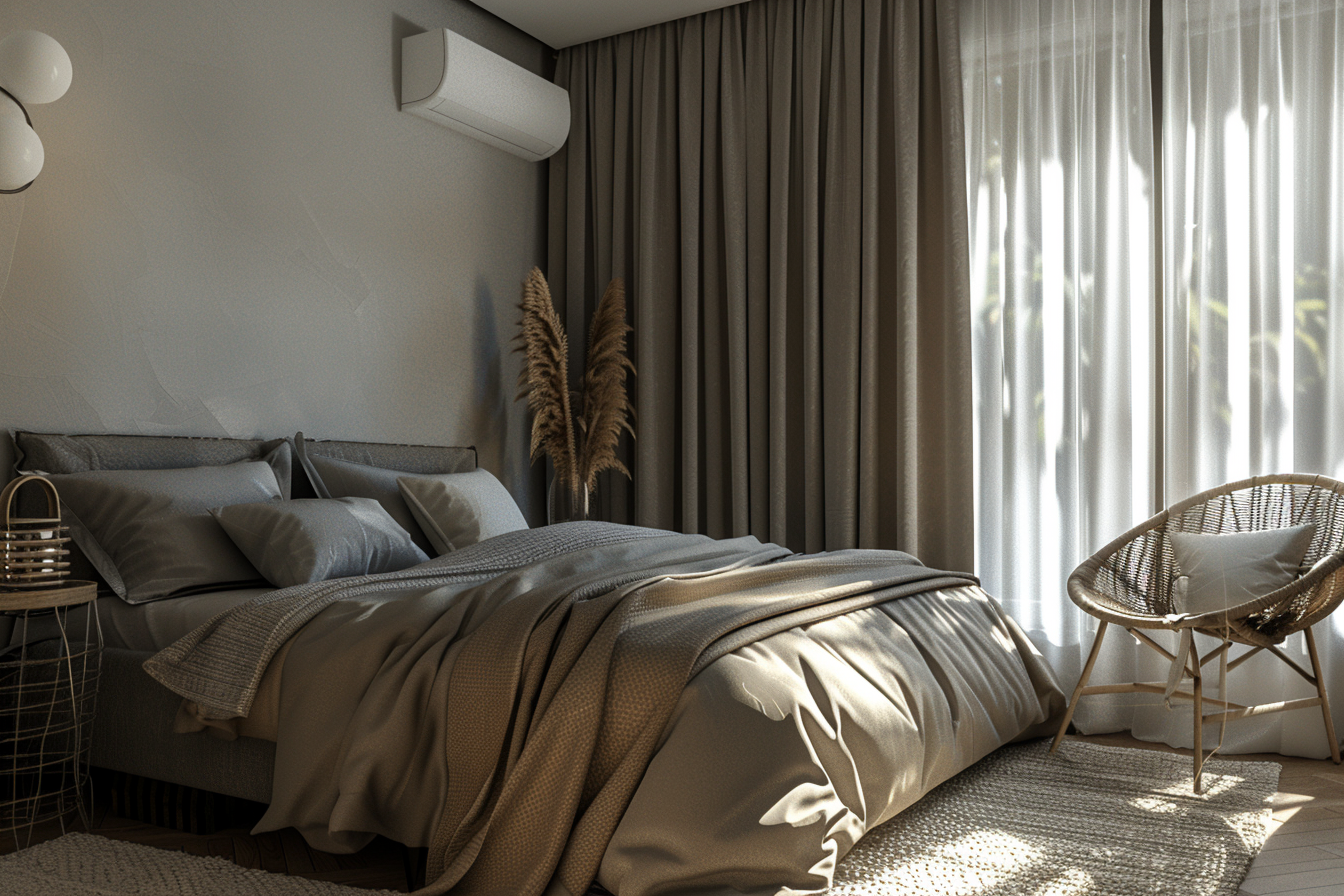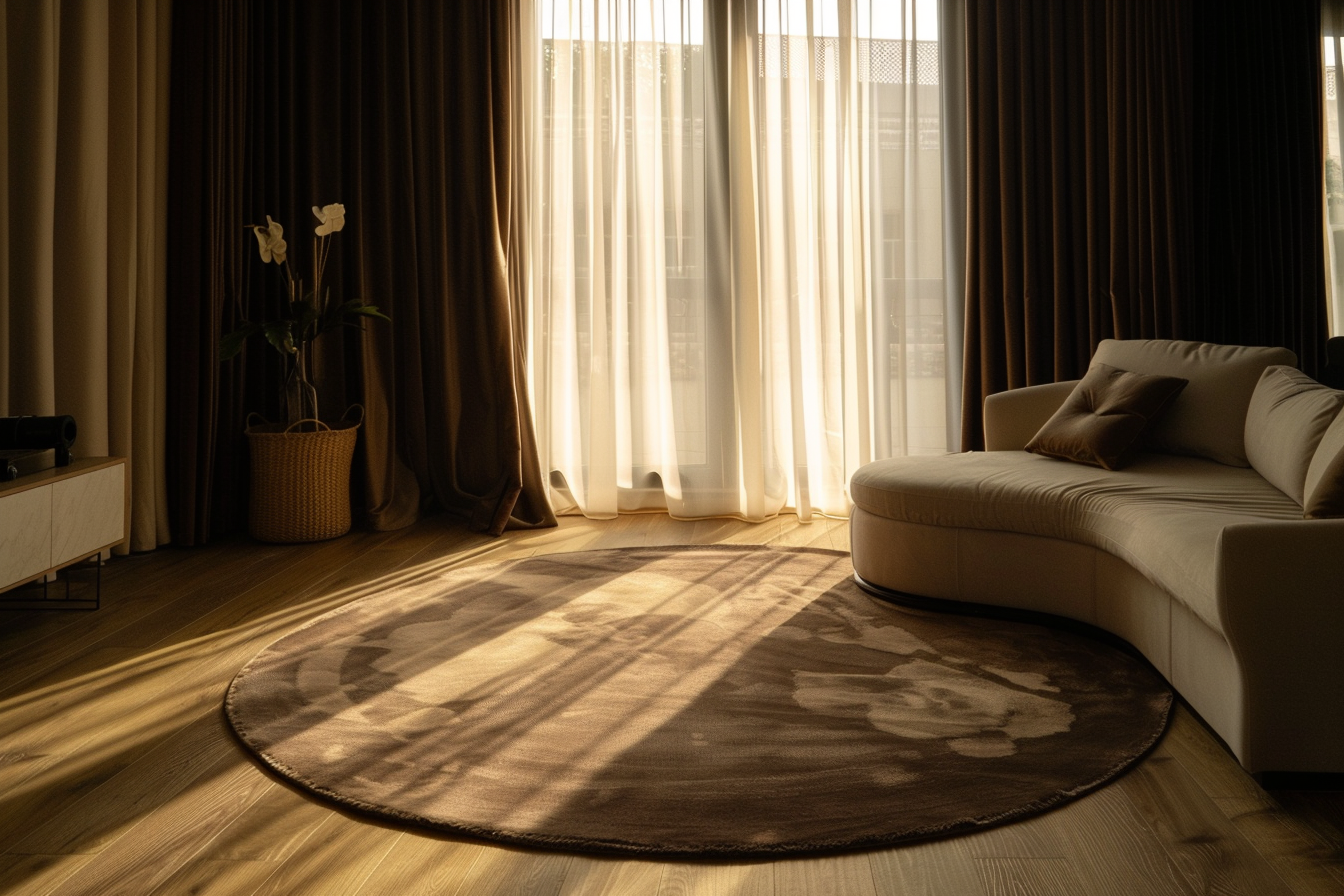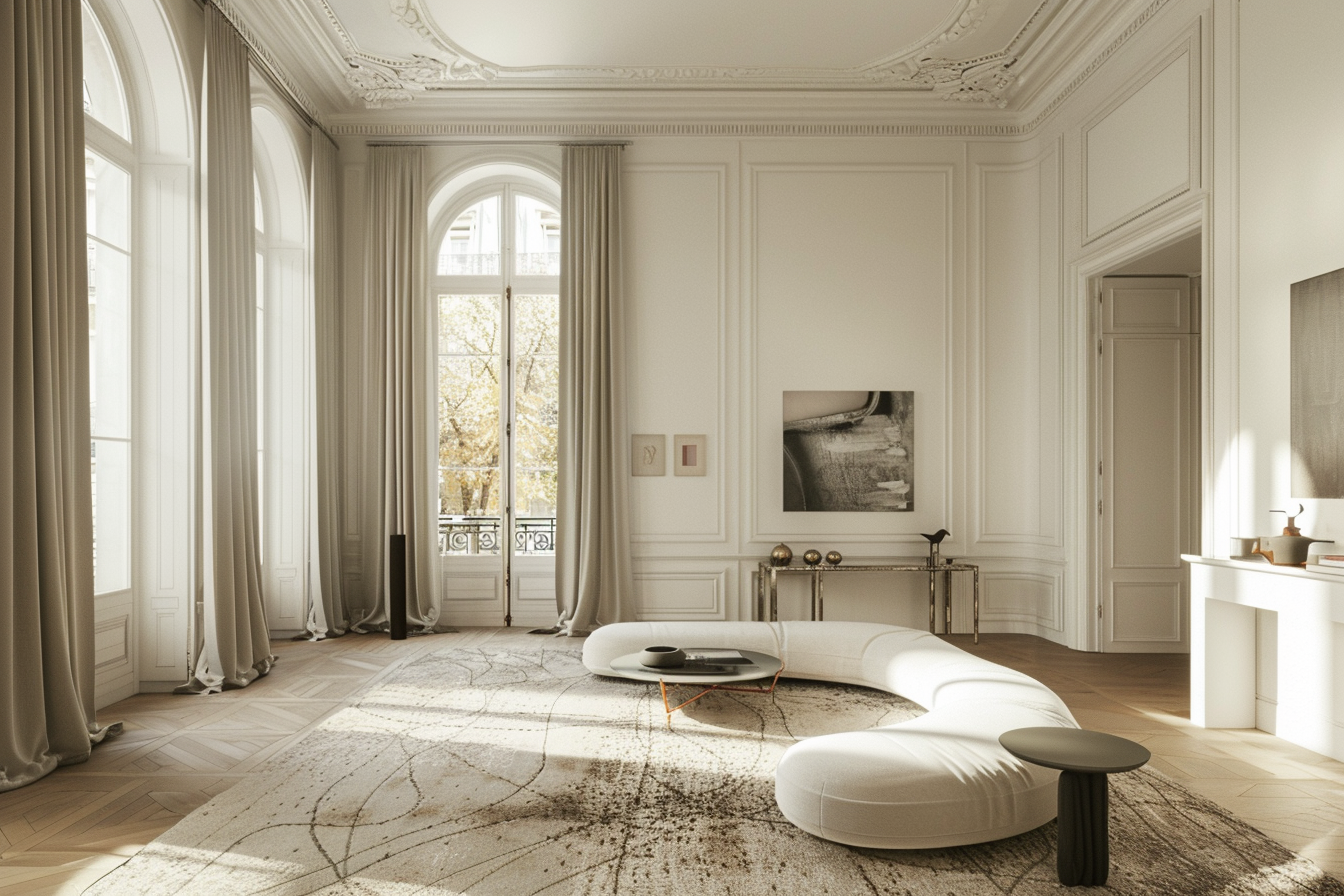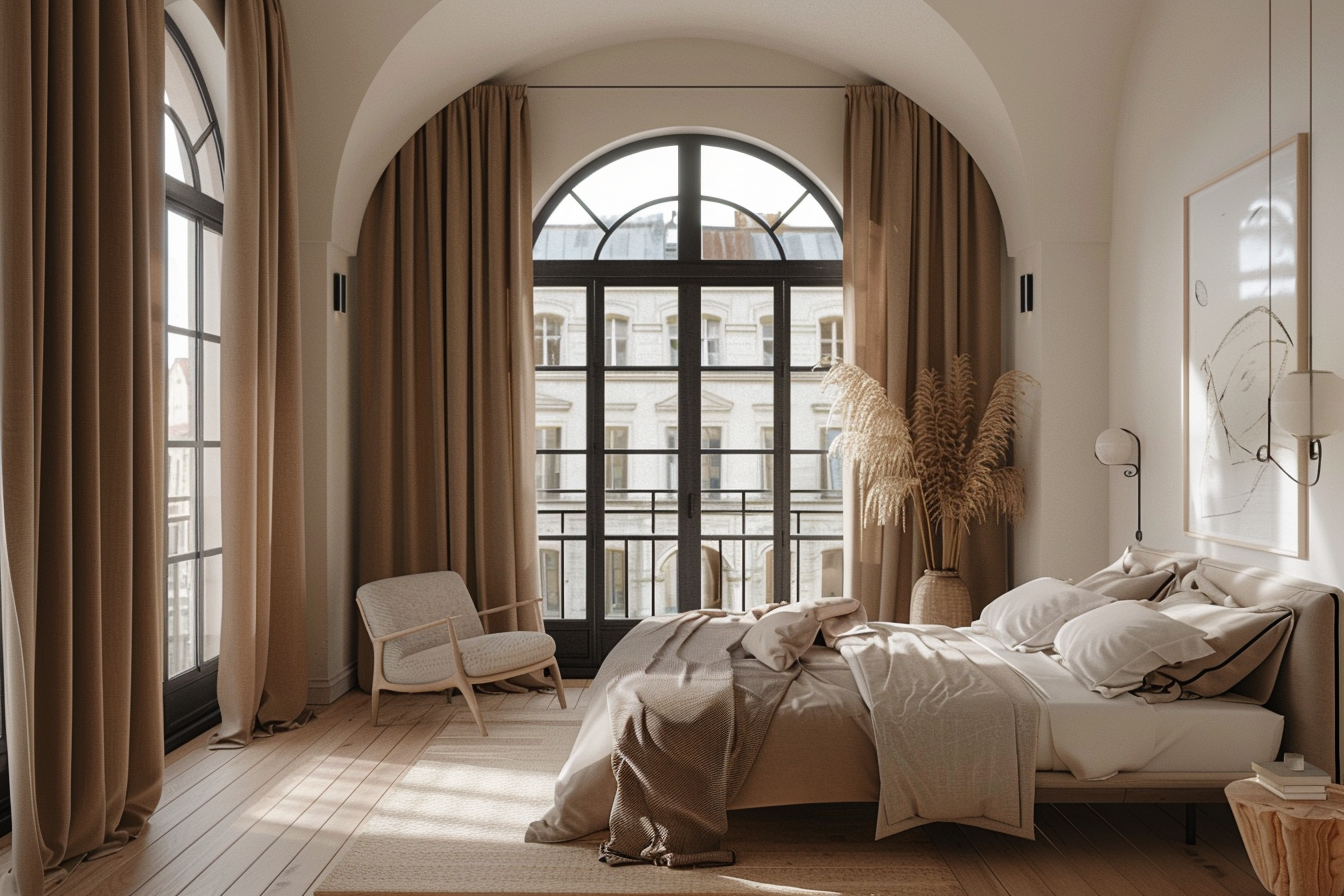If you’re a musician or a music producer, you know the importance of having a quiet and controlled recording environment. Unfortunately, not everyone has access to a professional recording studio, and recording at home can be challenging due to external noise and reverberations. It doesn’t even need to be a recording studio for just music, but those who are streamers or other content creators such as YouTubers understand the importance of keeping the acoustics just right while blocking out unwarted noise too.
Not everyone can have the glitz and glamour of a professional studio, but making one from home can be just as good! This is where soundproof curtains come in – they can help to reduce external noise and improve the acoustics of your home studio. Here’s our guide on how to use soundproof curtains for music production and content creation in home studios!
What Does Soundproofing Mean?
Soundproofing is the process of making a room soundproof, or reducing the amount of sound that can enter or escape. It involves using materials such as insulation, acoustic panels, and other sound-absorbing materials to reduce noise levels and improve acoustics in a space. Soundproofing can be used in a variety of spaces, more than just a music or content creating studio, you can expect to find soundproofing methods in residential homes, commercial buildings, and other spaces where noise needs to be reduced or eliminated.
Why is Soundproofing Your Recording Studio So Important
Soundproofing a recording studio is essential for capturing the highest quality audio. It prevents sound from leaking into and out of the studio, reducing background noise and preventing interference from outside sources. If you’ve ever listened to a novice recording, or even a YouTube video that didn’t look high production then you might have noticed echoes, odd pitches, or maybe it just didn’t sound right in general.
You can also count on soundproofing to help out with controlling reverberation and ensuring that only the desired sound is recorded and not any additional echoes or reflections. With proper soundproofing, a recording studio can produce professional-grade audio with ease. With any studio, you need topic quality, so special soundproof methods are going to essentially be the way to achieve this.
Soundproofing vs. Acoustic Treatment: What are the Differences?
While soundproofing a studio is going to be important, you need to consider the acoustic treatments too. Both of these go together, and you essentially need both, but they’re not the exact same either. Soundproofing and acoustic treatment are two distinct concepts that are often get confused for each other. Soundproofing is the process of blocking or reducing sound from entering or leaving a space (as stated above). While acoustic treatment, on the other hand, is the process of using materials to absorb and control sound inside a room.
Both methods can be used to improve sound quality in any space, but they should be used in combination for maximum effect. You essentially need to understand the major differences between the differences between these two concepts as this will help you make better decisions when it comes to improving acoustics in your home or office.
What Can You Do to Make Soundproofing Curtains Improve Your Studio?
One of the greatest ways to improve a music recording studio or even a content creation studio acoustics would be with soundproofing curtains. You can say that these are absolutely essential if you’re wanting to make this a productive and stress-free space. They can help reduce noise and reverberation, making your recordings sound better while also providing a more comfortable environment for musicians and content creators. Generally speaking, With the right soundproofing curtains, you can make your music studio more effective and efficient. So let’s take a look at everything you need to do with soundproofing curtains to get them to work perfectly in your workspace.
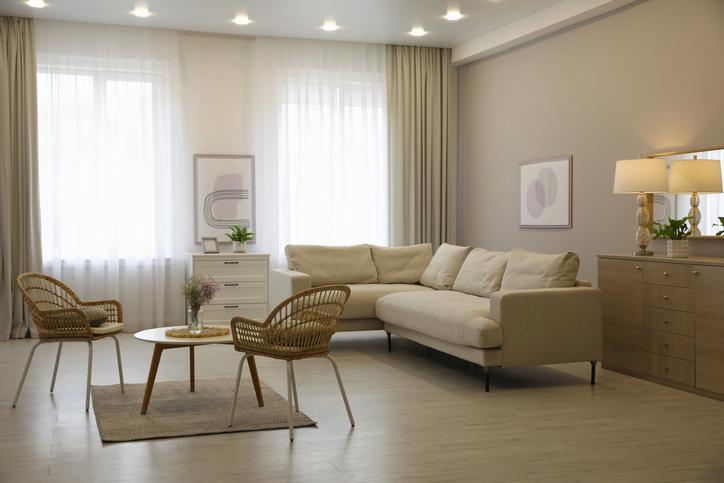
Start By Measuring Your Space
Before purchasing soundproof curtains, it’s important to measure your space to ensure that you buy the right size. Measure the height and width of the walls where you want to install the curtains. Even in the smallest of recording studios, you’re still going to need to measure the space. It’s going to really be up to you on whether you’re going to put soundproof curtains only on the door and windows, but if you want to maximize the chance of blocking out all external noise, it can especially help to cover up your walls to. While it may not be aesthetically pleasing at first, there are a wide variety of colors and patterns available to suit your taste.
Choose the Right Material
When it comes to soundproof curtains, not all materials are created equal. Look for curtains that are made of dense and heavy fabric. You could opt for luxurious fabrics such as velvets or suede, but it’s especially helpful if you opt for curtains that have the specific purpose of acting as soundproof curtains. These materials are effective in blocking out external noise and preventing sound from bouncing off the walls.
Install the Curtains Correctly
While it’s not rock science to properly install curtains, when it comes to your workspace, you’re going to want to make sure you get this just right. Proper installation is crucial in ensuring that soundproof curtains are effective in reducing noise and improving acoustics. Hang the curtains as close to the walls as possible and ensure that they cover the entire wall surface. If there are any gaps or spaces where sound can leak through, the curtains won’t be as effective.
Consider Three-Layered Soundproof Curtains
For maximum noise reduction and acoustic improvement, consider using 3 layer soundproof curtains. These curtains have three layers of fabric, which can provide additional noise reduction and better sound absorption. While there are insulated curtains for noise that have two layers, sometimes even one layer, your best bet will be getting some that has three layers.
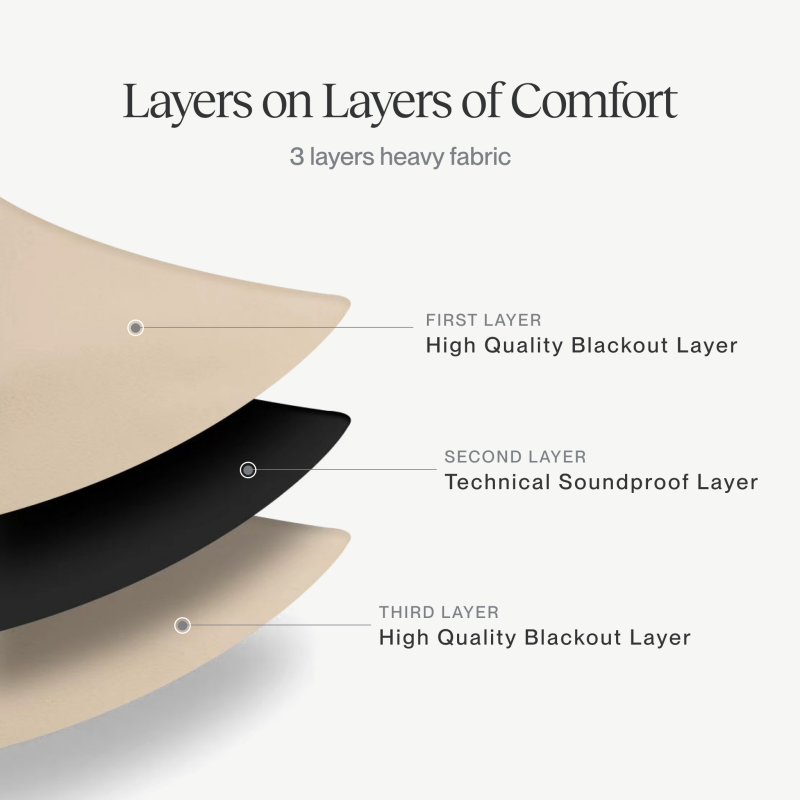
Use a Combination of Soundproofing Solutions
While soundproof curtains are effective, they may not be enough on their own to create a perfect recording environment. You need to remember, they’re not going to make a room entirely silent but they can at least muffle noise. So why not consider using them in combination with other soundproofing solutions, such as acoustic panels or bass traps? This can provide additional sound absorption and create a more controlled recording environment.
Test and Adjust
After installing soundproof curtains, it’s important to test and adjust to ensure that they’re effective in reducing noise and improving acoustics. Record a test track and listen for any external noise or echoes. If there are still issues, consider adjusting the curtains or using additional soundproofing solutions.
Are Soundproof Curtains the Best Option for Your Recording Studio?
While in the end it’s going to be entirely up to you on whether or not this is an ideal option for your studio, you can trust that soundproofing curtains can help get the job done. Just make sure you don’t have unrealistic expectations of soundproof curtains make a room entirely silent, that’s just not possible. But using soundproof curtains, especially in combination with other soundproofing methods can certainly help out in getting the job done!


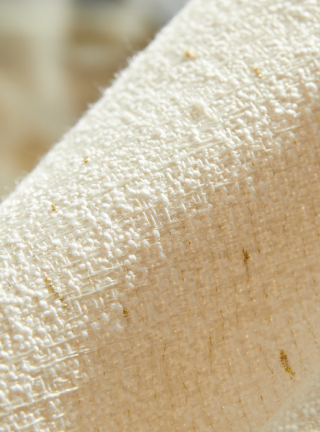
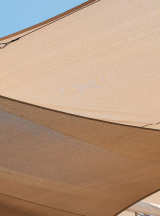
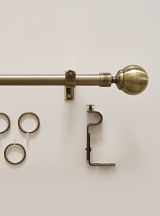
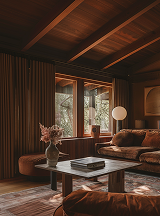
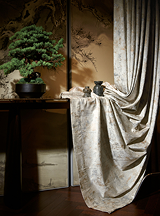







 Loyalty Plan
Loyalty Plan





